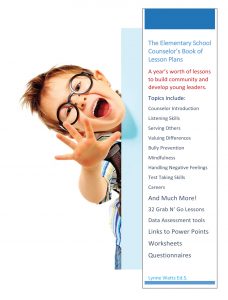4 Ways to Help Kids Develop GRIT
Helping Kids Develop GRIT
Has helping children develop GRIT become a goal where we have focused too intently on the end result without spending enough time on the process? In Brene Brown’s book, Rising Strong she has many insightful recommendations for living a whole-hearted life of courage, compassion and connection. However, she makes a statement in the book that got me thinking about the current focus on equipping children with grit. She writes that too often we are promoting the trophy, the final mountain top success but not taking on the hard task of sharing the struggle, while we are still in the struggle. Uh-oh…
Brene has long been a proponent of vulnerability; that tough experience that we all try to avoid. Vulnerability is sharing the pain, while it is still hurting. It is about being real and authentic, not just announcing that we struggled once in the past and it made us the successful person we now are.
All of this made me think about grit and children. Are we expecting grit to magically appear after a few well planned lessons or conversations? Are we hurrying children through the feelings they experience by trying to solve the problem and make everything better? Or are we encouraging children to talk and share while they are in the midst of the pain of challenging experiences? Are we being available and supportive or are we being master fixer uppers? I hope it is the former and not the latter.
Here’s how we can support children when they are challenged:
Four Steps to Support Children Through Challenging Times
- Acknowledge the pain– The first step is recognizing the pain for what it is rather than distracting, redirecting or pretending it doesn’t exist. This sometimes means that we have to stand out in the storm with the child rather than looking for shelter. It’s not easy and probably not our first inclination. As parents and educators we’d rather protect and resolve which leads us to the next step…
- Listen without trying to fix everything– Take some time to listen and explore the circumstances and the feelings. What happened first? What happened next? Lean into the child’s perspective and understanding. How are they making sense of things? How does their perspective make them feel?
- Encourage children to be problem solvers not victims-Now is the time to turn on our natural helper skills and encourage children to see what is possible. What changes can they make in themselves and their environment? What impact does their perspective have on how they feel and what they do? What is the next step going forward?
- Model what we expect– As always it is important to remember that children learn more from what we do than what we say. Are we vulnerable? Do we express our own struggles and frustrations as well as how we resolve our challenges? Do we do that in a way that teaches and supports rather than as an opportunity to complain and whine?
Practicing vulnerability and developing grit is not a one and done experience. Rather it is a daily challenge and practice for adults and children alike.
School Counselor Resource (Yes it includes a lesson on developing GRIT!)
The Elementary School Counselor Book of Lesson Plans


[…] Before there is grit, there is pain […]
[…] Before there is Grit, there is pain […]
[…] Duckworth in her book Grit identifies a similar standard for the high achiever: grit. Students with grit put forth more effort and exhibit more drive, even when they experience failure. In fact, they re-frame failure as an […]